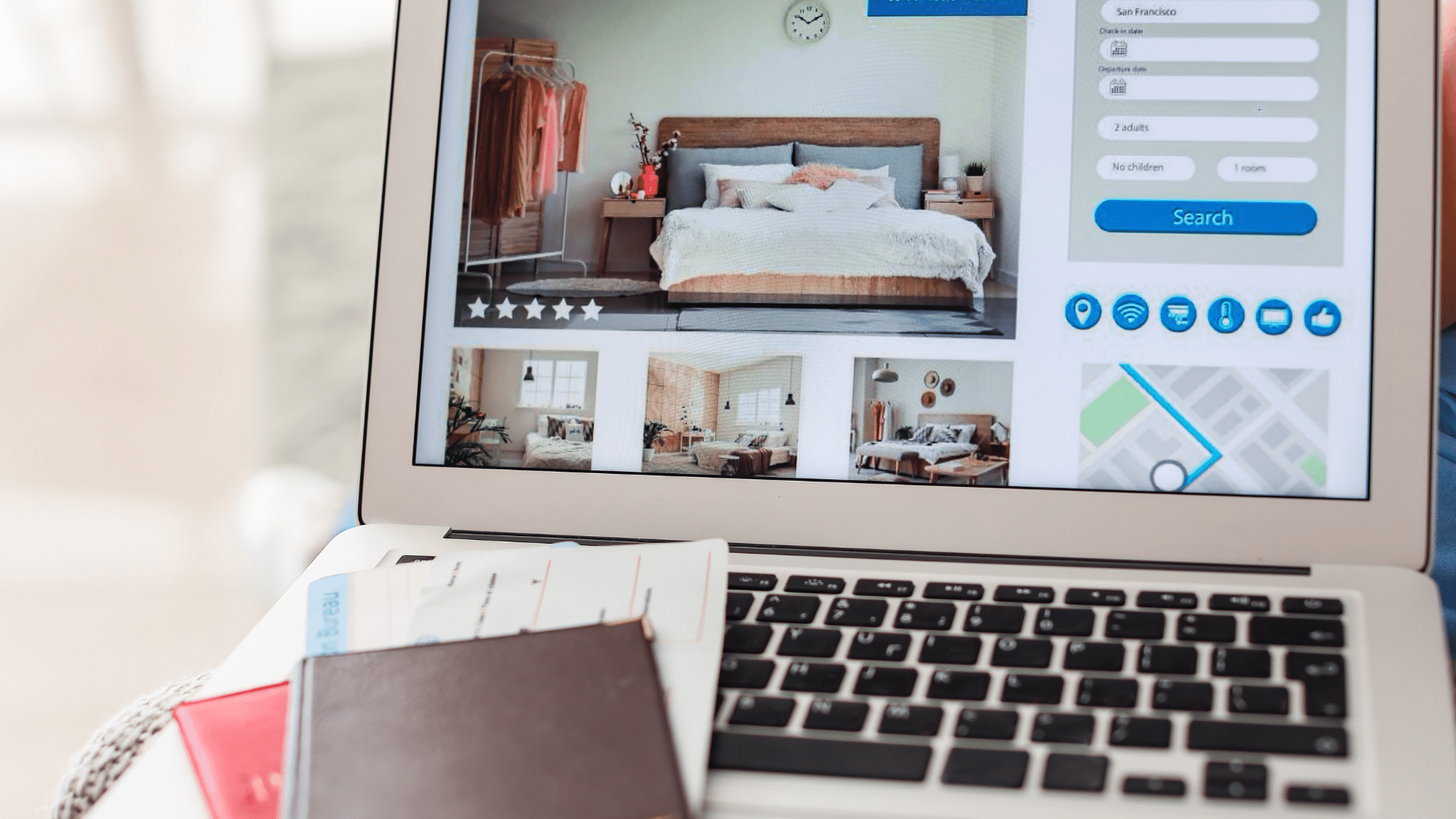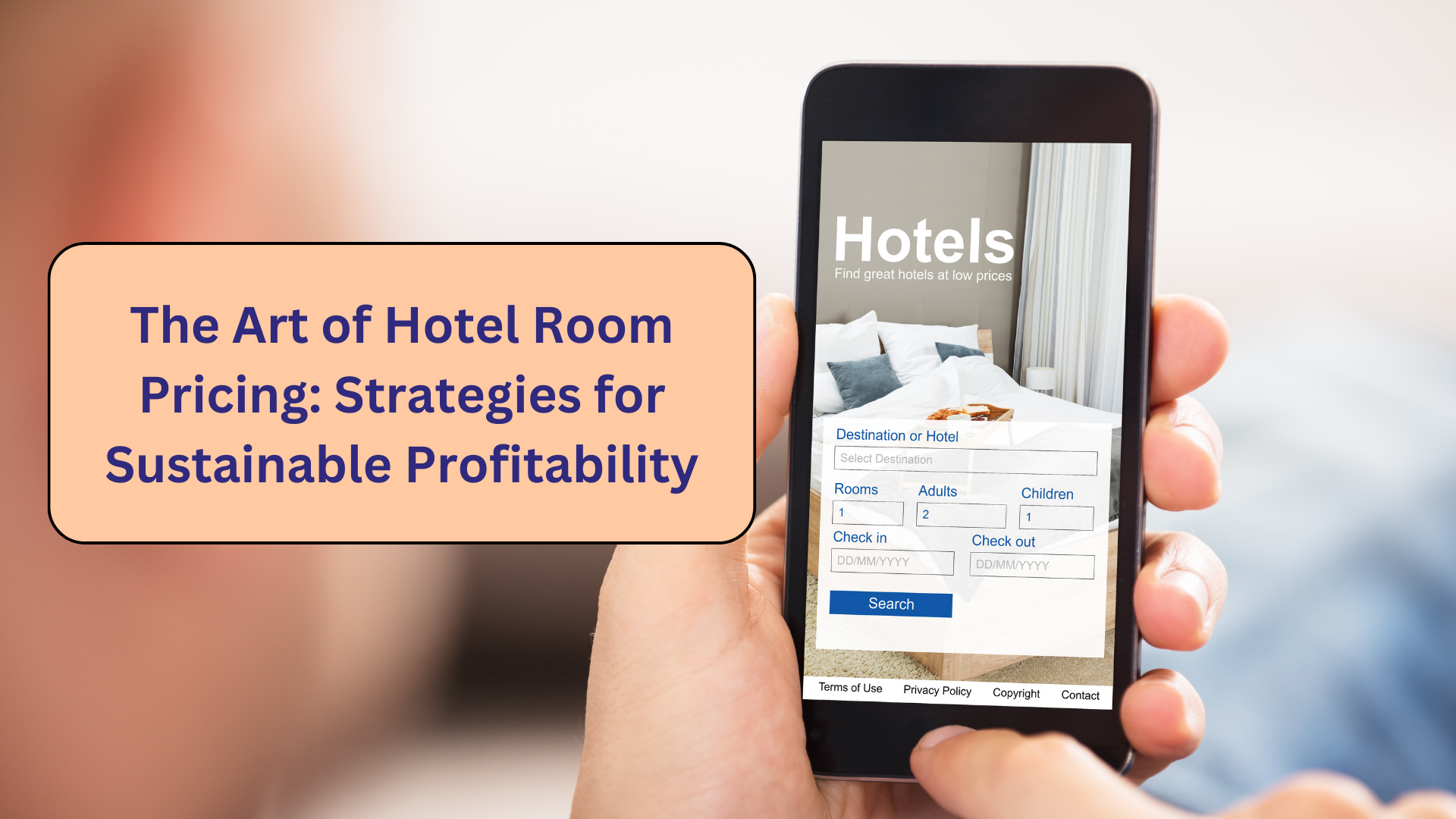A hotel’s real challenge is pricing the rooms in the best interest of the hotel and the guests. While as a hotel owner you would like to charge the highest rate for your property to maximize your RevPAR (Revenue Per Available Room), as a guest one would want value for every penny spent. Plus, there is always the pressure of competition next door from your fellow hotel ready to welcome the prospective guests.
This calls for a pricing mechanism that delivers satisfaction to guests without compromising on the hotelier’s income and position in the competitive market. With multiple pricing schemes available, the hospitality industry is going more and more intricate towards revenue maximization. Today here in this article, we are going to discuss the BAR (Best Available Rate) rate.
- What is BAR?
- What is the purpose of BAR?
- How does BAR work?
- Benefits of BAR
- Would BAR Rate Break Rate Parity?
What is BAR?
BAR is the acronym for “Best Available Rate” which is also known as BRG (Best Rate Guaranteed). Going by the terminology, it is the lowest rate for a day at which the guests can book a room.
It is a pricing mechanism used by the hospitality industry to set the best room rates in line with the demand. This system was first used by the airline industry to set the fare by forecasting the bookings during a particular season.
As per Sheryl E. Kimes, BAR rate is an “attempt to reduce confusion and to guarantee that the guest is quoted the lowest available rate for each night of a multiple-night stay.” It is the lowest rate paid by a guest for a particular day of their stay, without any prepayment or cancellation fees, or rescheduling charges apart from the normal cancellation fee imposed by the hotel itself.
What is the Purpose of BAR?
The BAR pricing strategy is an attempt by the hospitality industry to remove the confusion among guests caused by the complex pricing strategy including various clauses.

How does BAR Work?
In simple terms, BAR rate is the flexible rate that varies on a day-to-day basis depending on the demand. There are 2 ways to find the BAR price: either by setting a fixed price or by going dynamic following the price ceiling and price floor concept. The price ceiling is the highest rate for the room and the floor price is the lowest possible rate for the same room.
It is the basis of setting the room rates and includes the price of only the room. It does not include corporate discounts or breakfast charges or anything. It is exclusively the best rate guaranteed for a particular room type on a particular day. The best practice to set the BAR rate is via a percentage or a fixed markup above/ below the floor price and ceiling price.
The BAR price depends on the following 3 factors:
- Occupancy rate
- Season or day of the week
- Events
For example, there is an ongoing event of company XYZ in your hotel on a Friday night which went long after the scheduled hours and all the attendees of the event book a room in the same hotel. This will increase the occupancy rate of the hotel. Going by the demand the BAR rate will simultaneously increase for the following day.
Benefits of BAR
- Benefit of BAR to Consumers
The feeling that you are paying extra for a room than the actual price is always frustrating and affects your trip experience. Providing transparency, BAR pricing gives the guests clarity of how much they are paying and what they are paying for.
The best part of BAR is that this rate is available to everyone, and you do not need to be a premium member of the hotel/ hotel group to avail this room rate.
- Benefit of BAR to Hotels
Going transparent and setting the best available rate or rather say the lowest rate for their rooms the hotels are making a profit in terms of goodwill and customer loyalty. Plus, revenue too.
Would BAR Rate Break Rate Parity?
Rate Parity across all your sales channels is a predominant to keep selling your property on multiple channels like hotel websites, OTAs, metasearch, and GDS. With OTAs being an indispensable sales platform, you cannot sell the rooms at a lower price on your website or booking engine and afford to lose the guests here. Therefore, it is advisable to better not to sell the “room only” prices on OTAs and maintain parity.
You can reserve your room-only rates for the website and booking engine giving the traveler the choice of booking the room at a lower price or better say at the best available rate and maintaining transparency and parity.










